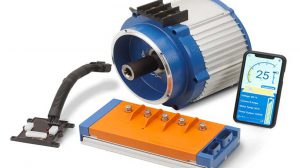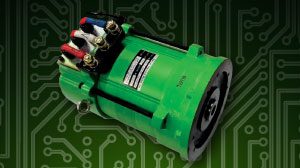By: Matt Vallez
This month I have been given some help from the Trojan Battery Company in the form an article that is both correct and informative, please read this carefully as there are some good tips on battery maintenance in particular.
Tips on Choosing the Right Battery and Proper Maintenance to Keep Your Golf Car Up and Running by Trojan Battery Company
Users of electric golf cars want their vehicles to be reliable. Unexpected downtime can cost both money and enjoyment. Choosing the right battery and knowing proper maintenance are two easy, yet often overlooked, ways to ensure the operation of your electric golf car. To help guarantee the biggest return on your battery investment, follow these simple guidelines from Trojan Battery Company to get the maximum performance and life from your deep cycle batteries.
Choosing the Right Battery for Golf:
First determine the appropriate voltage and connections. Usually there is no choice in battery voltage and connection, as the golf car manufacturer has designed the car to fit specific battery sizes in series. For a 36V system you will typically need six 6V batteries in series to make up the 36V. In a 48V system you will typically see six 8V or four 12V batteries in series; however some cars have been made to fit eight 6V batteries.
Next consider capacity—rated in minutes or ampere-hours (AH). It is quite simple: The longer you drive the car the more capacity you’ll need. You could use the capacity the golf car manufacturer uses as a baseline, knowing the capacity required is for two rounds of golf a day. If your daily demand is more than that you may need a higher capacity battery, and if you need less you may be able to get away with a lower capacity battery. Keep in mind that although two rounds a day may seem like more than you use, it can actually be less. When driving two rounds on the golf course you may actually only have the pedal down for 30 minutes per round; the car may be idle during much of the time spent on a round of golf. However, if you drive your golf car around your community—perhaps to the golf course and back—you may be using much more energy than it takes for a round of golf. Therefore, when choosing the right battery for golf, veer on the safe side and oversize a battery for capacity. Undersizing a battery can get you stranded, while oversizing will simply get you longer life.
Tips for Proper Maintenance:
1. Safety
• Always wear protective clothing, safety glasses, and gloves while performing battery maintenance
• Never add acid to battery
• Keep battery clean and dry
• Keep sparks, flames and cigarettes away from battery
• Keep vent caps tight except when checking electrolyte or adding water
• Charge only in well ventilated areas
• Skin contact with electrolyte should be avoided
2. Charging
• Follow charger manufacturer instructions
• Charge after each use
• Ensure electrolyte level is above the plates
• Tighten vent caps before charging
• Do not interrupt charge cycle
• Never charge a frozen battery
• Avoid charging at temperatures above 120°F (49°C)
3. Watering (flooded batteries only)
• Add water only after fully charging the battery
• The proper electrolyte level is 1/8″ below the bottom of the fill well to maximum level indicator
• Never allow the electrolyte level to fall below the plates
• Use distilled water
4. Cleaning
• Tighten all vent caps before cleaning
• Clean the battery and cable lugs with a solution of baking soda and water
• Do not allow anything to get inside the battery
• Rinse with water and dry
• Thinly coat all cable connections with petroleum jelly or anti-corrosion spray
5. Torque
• Tighten all wiring connections per the manufacturer’s specifications
• Over-tightening can result in post breakage. Under-tightening can result in post meltdown or fire
• Make sure there is good contact with the terminals
6. Equalizing
• Do not equalize Gel or AGM batteries
• Equalize when low or wide ranging specific gravity (+/-.015) is detected after a full charge
• Connect battery to charger, set to equalize mode, and start the charge cycle
• Take voltage readings every hour
• Equalization is complete when voltage no longer rises
• If charger does not have an equalization setting call Trojan technical support
7. Storage
• Completely charge battery before storing
• Store batteries in a cool, dry location
• Avoid locations where freezing temperatures are expected
• Keeping batteries fully charged prevents freezing
• Avoid direct exposure to heat sources, such as radiators or heaters
• While storing, charge batteries every six weeks
Want to learn more? For live support, call 800-423-6569 or visit www.trojanbattery.com.










